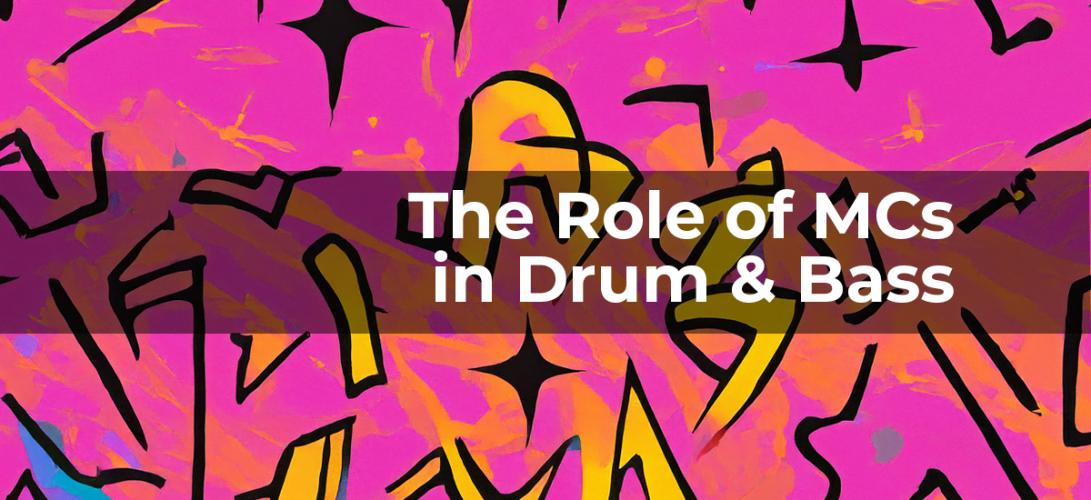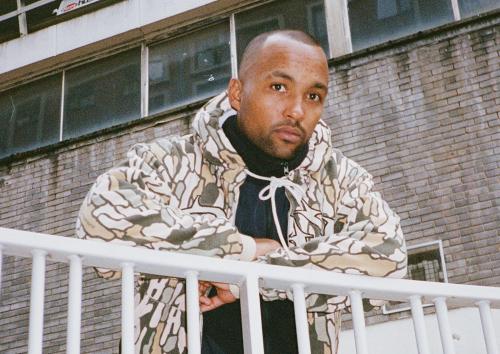
The Role of MCs in Drum & Bass: From Skibadee to Dynamite MC
Drum & Bass has always been about more than just beats and basslines. While producers and DJs craft the sonic landscapes that define the genre, MCs serve as its voice, providing energy, lyrical dexterity, and a direct connection with the crowd. From the early jungle raves to today’s global festivals, MCs have played a crucial role in shaping the culture of Drum & Bass. Their rapid-fire flows, crowd-hyping skills, and unmistakable stage presence turn sets into unforgettable experiences. This article explores the evolution of MCs in Drum & Bass, highlighting legends like Skibadee, Dynamite MC, and beyond.
The Origins: Jungle and the Birth of the MC
The role of the MC in Drum & Bass can be traced back to the early 1990s when jungle music emerged from UK rave culture. Inspired by reggae sound system traditions, where DJs (selectors) would spin records while MCs (toasters) hyped up the crowd, jungle adopted a similar approach. MCs like MC Moose, Navigator, and Stevie Hyper D became pivotal figures, elevating raves with their unique blend of rapid rhymes, patois-infused flows, and call-and-response tactics.
The Rise of Skibadee: A Game Changer
One of the most influential figures in Drum & Bass MC culture was Skibadee. Bursting onto the scene in the mid-90s, he revolutionised the art form with his double-time flow, a technique that mirrored the frantic breakbeats of jungle. His legendary performances alongside DJs like Shy FX and Brockie set a new standard for MCing in the genre. Skibadee’s project 2Xfreestyle further pushed boundaries, fusing hip-hop influences with Drum & Bass rhythms. His collaborations and live sets defined an era, making him one of the most respected MCs of all time.
The Golden Era: MCs Become Headliners
As Drum & Bass evolved through the late ‘90s and early 2000s, MCs became more than just hype men – they were headliners in their own right. Events started branding themselves around MC line-ups as much as DJs, with names like Dynamite MC, Eksman, Fearless, and Shabba D gaining recognition for their unique styles.
Dynamite MC: Versatility and Innovation
While Skibadee brought high-energy, rapid flows, Dynamite MC carved a niche with his smooth, hip-hop-inspired delivery. Rising to prominence with Roni Size’s Reprazent crew, he helped bridge the gap between jungle, hip-hop, and Drum & Bass. Tracks like Brown Paper Bag featured his laid-back yet commanding vocal style, proving that MCs could contribute just as much to recorded music as they did to live sets. Beyond Drum & Bass, Dynamite MC explored various genres, collaborating with breakbeat and electronic artists, expanding the reach of MC culture.
Modern MCs: Keeping the Culture Alive
Today, the art of the MC is still central to Drum & Bass culture. While the genre has diversified, from liquid funk to neurofunk, MCs continue to add energy and identity to events. Figures like Harry Shotta, SP:MC, and Inja have pushed the boundaries, blending storytelling, conscious lyricism, and rapid-fire delivery into their performances.
The Evolution of Live Performances
The rise of festivals and large-scale Drum & Bass events has also seen MCs adapt their styles. Where once rapid flows dominated, today’s top MCs often mix moments of silence, spaced-out flows, and more measured vocal interactions to complement the music. This shift has allowed MCs to work fluidly alongside DJs, ensuring the focus remains on the beats while still enhancing the crowd’s experience.
The Legacy of Drum & Bass MCs
The influence of Drum & Bass MCs stretches beyond the genre itself. Many have crossed over into hip-hop, grime, and even mainstream pop culture. The late Skibadee’s impact, for instance, can be heard in the double-time flows of UK grime artists, while Dynamite MC’s collaborations extend beyond Drum & Bass into breakbeat and electronic music.
Despite technological changes and shifts in music consumption, MCs remain an essential part of Drum & Bass culture. Whether hyping up a packed-out festival stage or commanding an intimate club night, they bring a human connection to the music that no DJ set alone can provide.
From the pioneering days of jungle raves to the global Drum & Bass scene of today, MCs have shaped the genre’s identity. Whether it’s Skibadee’s relentless flows, Dynamite MC’s effortless cool, or the new generation pushing boundaries, MCs remain the heartbeat of the scene. As long as there are raves, festivals, and underground sessions, the voice of the MC will continue to echo through the basslines, uniting crowds and keeping the energy alive.


























Comments
0